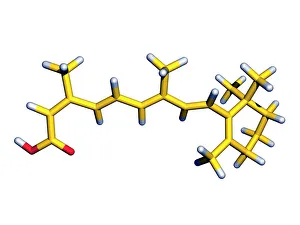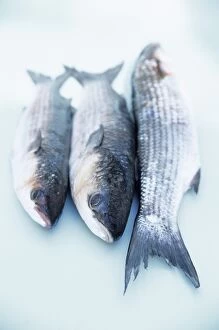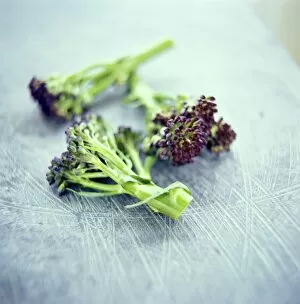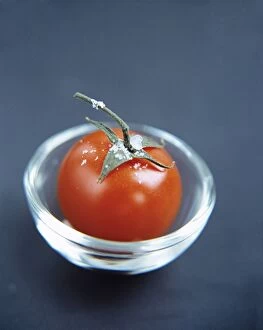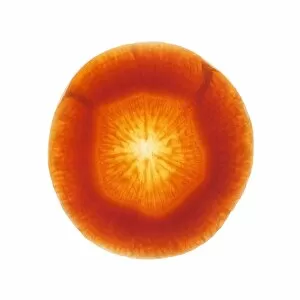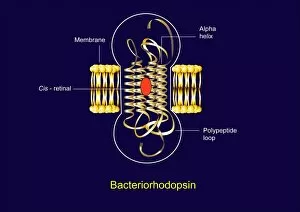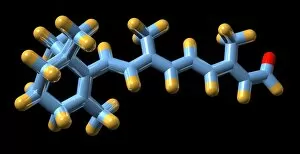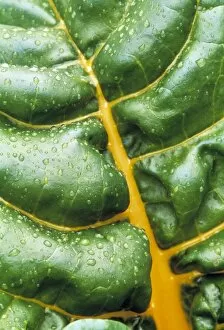Vitamin A Collection
"Unlocking the Power of Vitamin A: From Juicing Carrots to Pharmaceutical Breakthroughs" Juicing carrots has long been a popular way to boost our intake of vitamin A
All Professionally Made to Order for Quick Shipping
"Unlocking the Power of Vitamin A: From Juicing Carrots to Pharmaceutical Breakthroughs" Juicing carrots has long been a popular way to boost our intake of vitamin A, an essential nutrient for maintaining healthy vision and supporting immune function. Did you know that isotretinoin, an anti-acne drug, is derived from vitamin A? This powerful medication helps treat severe acne by reducing oil production and preventing clogged pores. Beyond its role in skincare, it also plays a crucial role in promoting overall health. Many people opt for liver oil capsules as a convenient source of this vital nutrient. In the realm of pharmaceutical research, scientists are constantly exploring new ways to harness the potential benefits of vitamin A. Conceptual images depict their tireless efforts to uncover groundbreaking treatments. The molecular structure holds the key to its numerous health benefits - from maintaining healthy skin and mucous membranes to supporting proper growth and development. Cod liver oil capsules have gained popularity as a rich source of not only omega-3 fatty acids but also vitamin A. These supplements offer a convenient way to meet your daily nutritional needs. Bubble packs filled with cod liver oil capsules provide easy-to-use packaging that ensures freshness and potency while preserving the valuable nutrients within each dose. Macro photographs beautifully capture the intricate details of cod liver oil capsules – tiny golden orbs brimming with nourishing goodness packed into every single one. Whether it's through juicing carrots or utilizing innovative pharmaceutical research, we continue to explore the vast potential in improving our well-being and unlocking new possibilities for better health.


